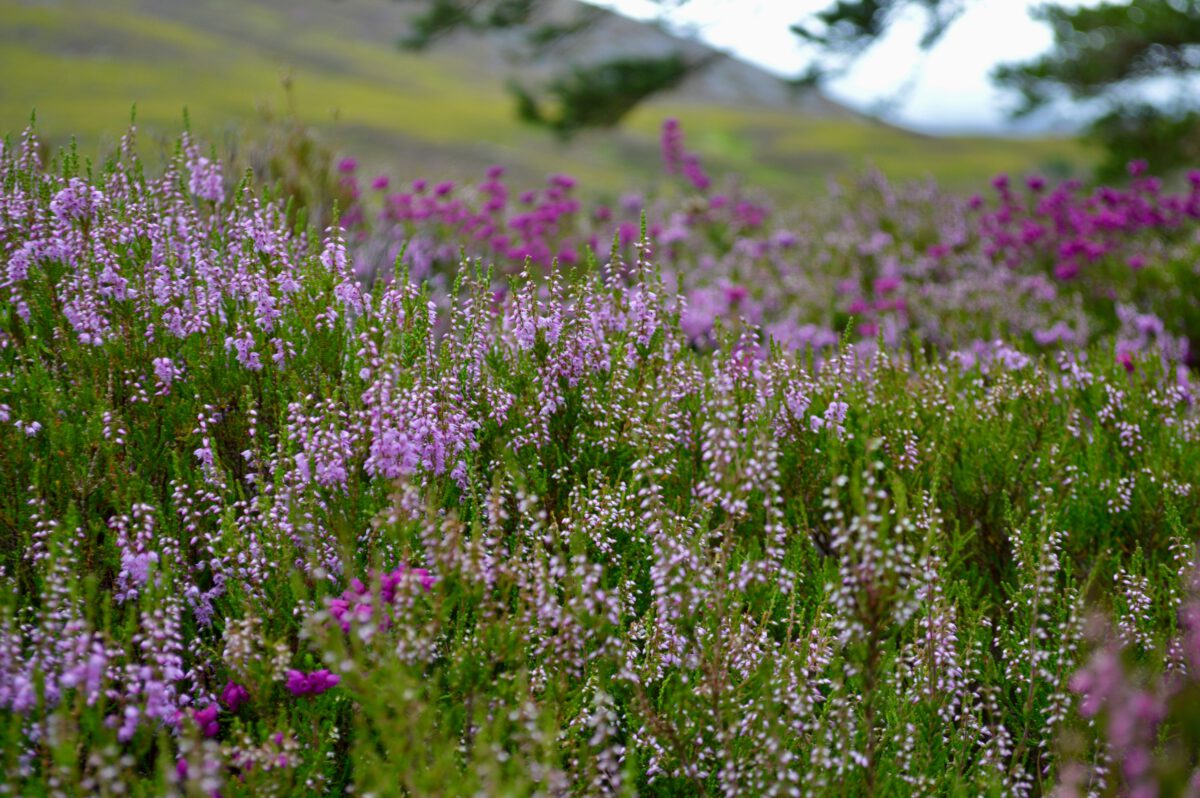BiodiverCity Certification:
Integrating Nature into the Built Environment

The BiodiverCity Certification is a framework designed to embed biodiversity and ecological resilience into urban development. As climate change and habitat loss accelerate, this certification ensures that buildings and infrastructure contribute positively to local ecosystems, rather than depleting them.
What is BiodiverCity Certification?
Developed to address the intersection of urban development and ecological health, BiodiverCity Certification sets criteria for projects to:
- Enhance local biodiversity by integrating native vegetation, pollinator-friendly landscapes, and wildlife corridors.
- Protect and restore ecosystems through habitat conservation and regenerative land-use practices.
- Minimize ecological harm by reducing light, noise, and chemical pollution that disrupt natural habitats.
How It Works
Projects seeking certification undergo assessment based on:
- Ecological Planning – Site design must prioritize natural habitats and biodiversity connectivity.
- Green Infrastructure – Incorporation of green roofs, rain gardens, and natural water management systems.
- Wildlife Integration – Features like bird-safe glazing, bat boxes, and insect hotels support urban fauna.
- Long-Term Stewardship – Ongoing monitoring and community engagement to sustain biodiversity goals.
Why It Matters
BiodiverCity Certification delivers value across environmental, social, and economic dimensions:
- For Nature – Restores habitats and enhances urban biodiversity.
- For Communities – Improves mental health, air quality, and resilience to climate impacts.
- For Real Estate – Adds long-term value by aligning with ESG goals and regulatory trends.
Conclusion
As cities expand, BiodiverCity Certification ensures that development harmonizes with nature, creating healthier, more resilient places for both people and wildlife. It’s a key tool in shaping a future where urban growth and biodiversity coexist.
